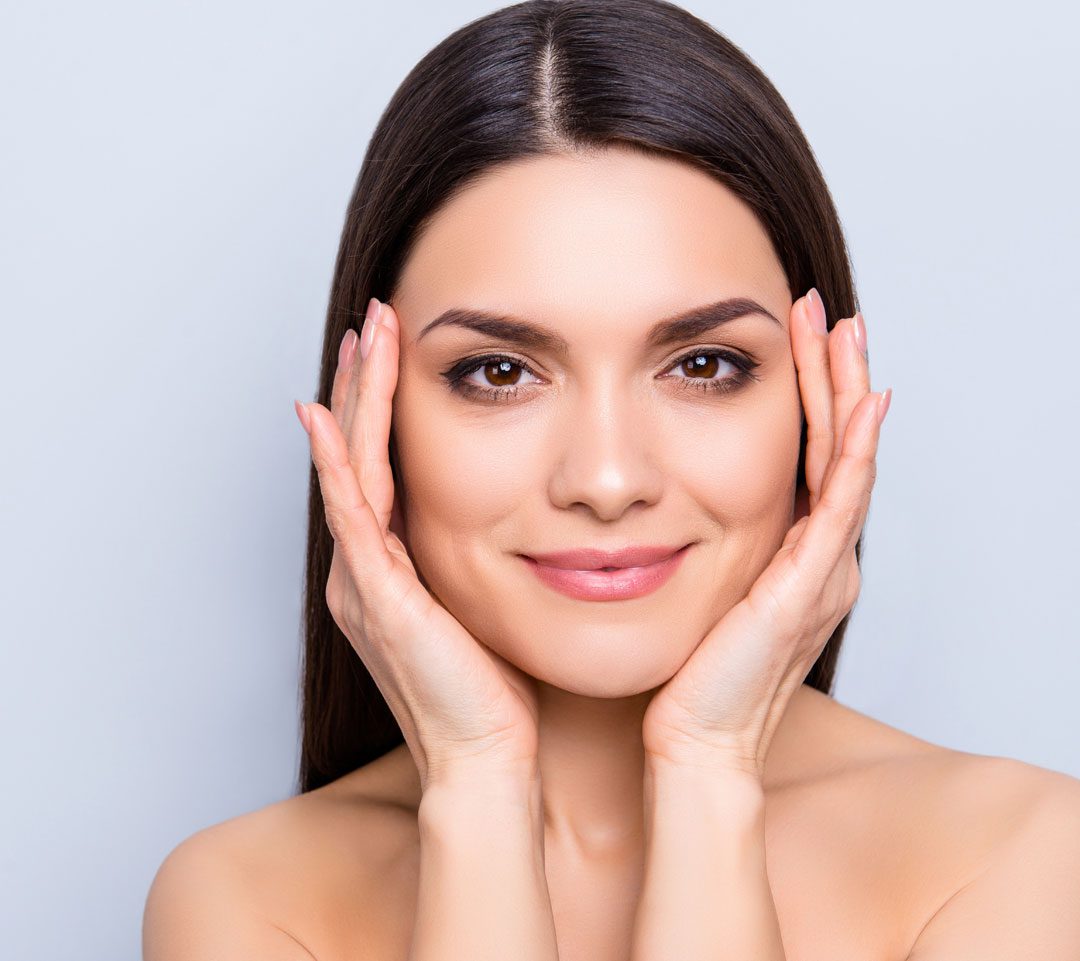What is upper blepharoplasty?
Upper blepharoplasty is a surgical procedure designed to improve both the look and the function of the upper eyelids. Many of our patients choose this surgery to address drooping or sagging eyelids that can make them appear weary or older than they are.
By carefully removing extra skin, muscle, and occasionally fat from the upper eyelid area, this procedure significantly enhances the eyes’ visual appeal and functionality. It helps achieve a refreshed, more awake, and youthful facial appearance.
How does upper blepharoplasty work?
If upper eyelid surgery is determined to be the most suitable treatment, the procedure will be performed by your surgeon in our operating theatre. After cleaning the eyelids, the skin is carefully marked, and local anaesthetic is gently administered, sometimes with sedation or, in certain cases, using general anaesthetic.
The surgery typically takes around 120 minutes and is entirely pain-free once the anaesthetic is given. An incision is made along the natural crease of the upper eyelid, ensuring any resulting scars remain discreet and blend with the natural folds.
During the procedure, excess skin is removed along with a small strip of redundant muscle, and fat is either removed or recontoured as needed to achieve a refreshed and lifted appearance.
The wound edges are meticulously closed with fine sutures, and fine strip dressings are applied for protection, ensuring a precise and seamless outcome.
How much does upper blepharoplasty cost?
Our upper blepharoplasty procedure starts from £2,295.


